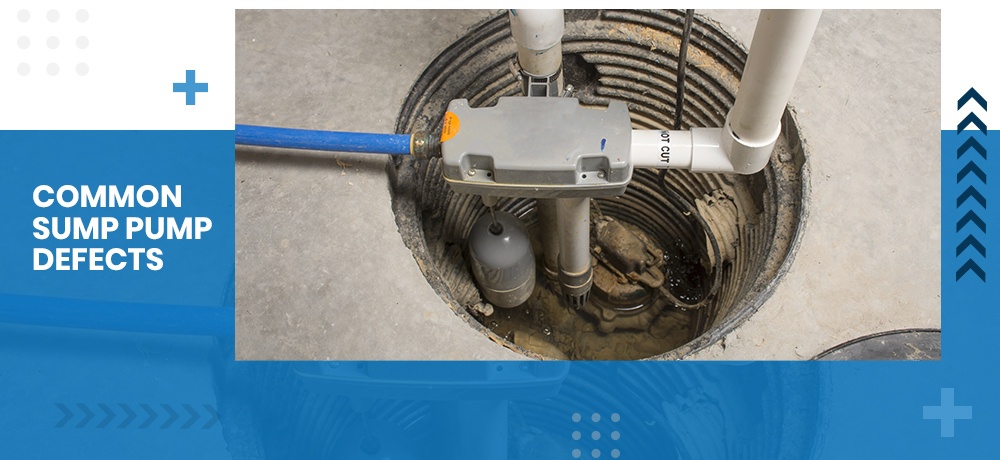Common Sump Pump Defects

Your basement is a crucial part of your home, and keeping it dry and free from water damage is essential. Sump pumps play a vital role in safeguarding your basement against flooding and excess moisture. However, like any mechanical system, sump pumps can develop defects that compromise their effectiveness. In this guide, we will explore three common sump pump defects that homeowners should be aware of to ensure the safety and integrity of their homes.
The Importance of Sump Pump Inspection
Regular Maintenance
Sump pumps are typically installed in the lowest part of a basement or crawl space and are designed to pump out excess water that accumulates due to heavy rainfall, melting snow, or rising groundwater. Regular maintenance and inspection of your sump pump are essential to ensure it functions correctly when you need it most.
Preventing Costly Damage
A malfunctioning sump pump can lead to costly basement flooding, structural damage, and potential health hazards due to mold and mildew growth. By identifying and addressing sump pump defects early, you can avoid these issues and protect your home.
Common Sump Pump Defects
Float Switch Sticking
A common defect with sump pumps involves the float switch. This switch is responsible for activating the pump when the water level rises. If the float switch becomes stuck or fails to move freely, the sump pump may not activate as needed, leading to potential flooding.
Check Valve Failure
Another issue related to the switch is the check valve. This valve ensures that water flows in one direction—out of the sump pit and away from the home. A malfunctioning check valve can cause water to flow back into the pit, causing the pump to work inefficiently or not at all.
Solution: Regular Testing
To prevent switch-related defects, regularly test your sump pump by pouring water into the pit. Ensure that the float switch activates the pump, and water is discharged properly through the check valve.
Clogged or Frozen Discharge Lines
Debris Accumulation
Over time, debris like leaves, dirt, and small stones can accumulate in the discharge line of your sump pump. This buildup can obstruct water flow and reduce the pump's efficiency.
Freezing in Cold Climates
In colder regions, sump pump discharge lines can freeze during winter, preventing water from exiting the line. This can cause the pump to overwork and potentially malfunction.
Solution: Regular Cleaning and Insulation
To avoid clogs and freezing, periodically inspect and clean the discharge line. Installing insulation around the discharge line in colder climates can help prevent freezing.
Lack of Backup Power
Power Outages
Sump pumps rely on electricity to operate. During severe storms or power outages, your sump pump may become inoperable, leaving your basement vulnerable to flooding.
Solution: Battery Backup
To address this issue, consider installing a battery backup system for your sump pump. These systems provide power during outages, ensuring your pump continues to function when you need it most.
Sump pumps are a crucial component of your home's defense against basement flooding, but they are not immune to defects. Regular inspection and maintenance can help identify and address common sump pump issues before they lead to costly damage.
If you're unsure about the condition of your sump pump or need a professional assessment, contact Elementary Property Inspections. Our expertise in home renovation and construction allows us to provide you with the necessary understanding of your property, including its critical systems like sump pumps.
Get in touch with us today
To learn more about what we do, please click here. To contact us, please click here or call us at (289)686-9482.